The history of urban development in Auckland, New Zealand, is a fascinating journey that spans centuries, from its Maori origins to becoming the largest city in the country. Here’s a brief overview of its development:
- Pre-European Settlement: Auckland, known as Tāmaki Makaurau in Maori, was originally settled by the indigenous Maori people around 1350. It was a significant area for Maori tribes due to its fertile land and access to both the Pacific Ocean and the Tasman Sea. The Maori established settlements and cultivations in the region.
- European Arrival and Colonization: In 1840, the British Crown signed the Treaty of Waitangi with Maori chiefs, establishing British sovereignty over New Zealand. Auckland was chosen as the capital of New Zealand in 1841 due to its natural harbor, which provided strategic advantages for British settlers and the colonial government. European settlers began to arrive, leading to rapid urban development.
- Early Growth and Infrastructure: During the mid-19th century, Auckland’s population and urban infrastructure expanded. Streets, buildings, and transportation networks were developed. In 1863, the city was briefly occupied by British forces during the New Zealand Wars, which aimed to assert control over the Maori tribes.
- Economic and Cultural Expansion: Auckland’s economy diversified with the growth of industries like timber, shipbuilding, and trade. The city became a hub for commerce and cultural activities. The University of Auckland was founded in 1883, contributing to the city’s intellectual and cultural development.
- Transportation Development: The construction of railways and improved road networks in the late 19th and early 20th centuries further connected Auckland to other parts of New Zealand. This transportation infrastructure facilitated urban expansion.
- Post-World War II Boom: After World War II, Auckland experienced significant growth, both in population and physical size. Suburbs expanded, and new housing developments were built to accommodate the increasing demand for housing. This period also saw the construction of the Auckland Harbour Bridge, which connected the city to the North Shore and further facilitated urban sprawl.
- Modern Urban Challenges: In recent decades, Auckland has faced challenges related to urban planning, transportation, and housing affordability. The city’s growth has led to issues such as traffic congestion and increased demand for public services. Efforts have been made to address these challenges through urban planning initiatives, including the development of public transportation and housing policies.
- Cultural and Economic Hub: Today, Auckland is not only New Zealand’s largest city but also its economic and cultural center. It is known for its diverse population, vibrant arts scene, and numerous cultural events. The city’s skyline is dominated by the iconic Sky Tower, and its waterfront area has been revitalized with parks, restaurants, and recreational facilities.
- Future Development: Auckland continues to evolve, with ongoing urban development projects aimed at creating a more sustainable and livable city. These include efforts to improve public transportation, increase housing affordability, and enhance green spaces.
Auckland’s history of urban development reflects its transformation from a Maori settlement to a bustling, cosmopolitan city, with each era leaving its mark on the city’s landscape and culture.

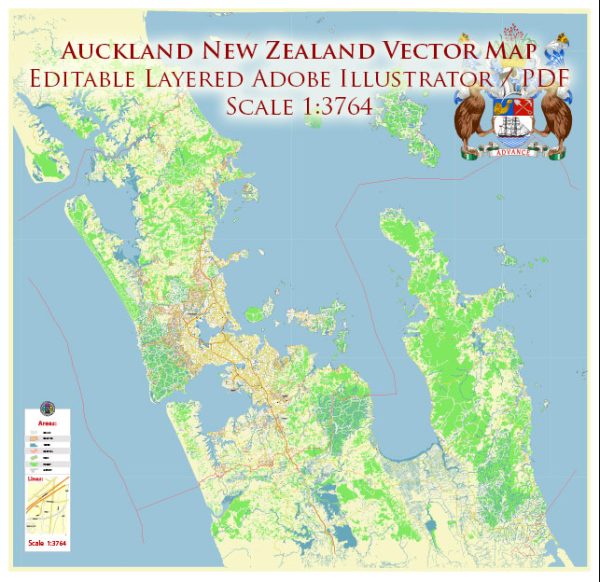
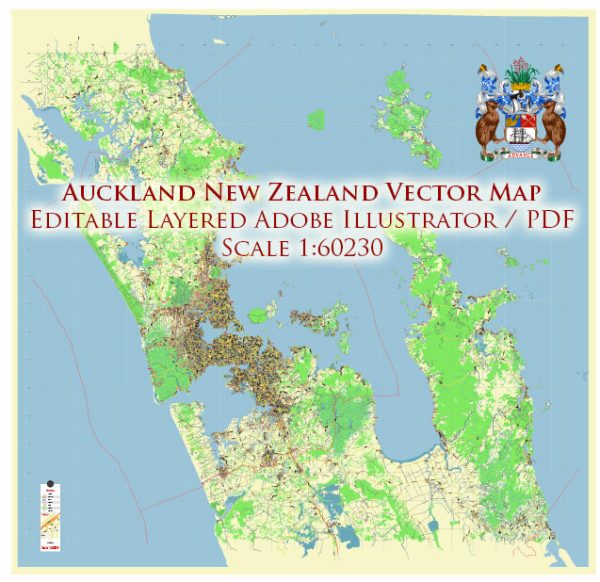
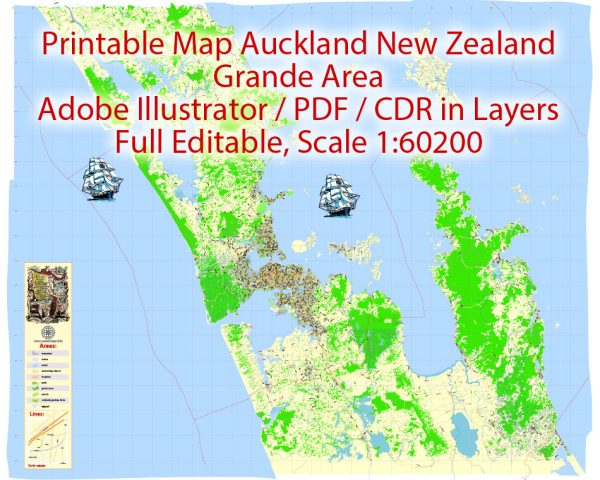
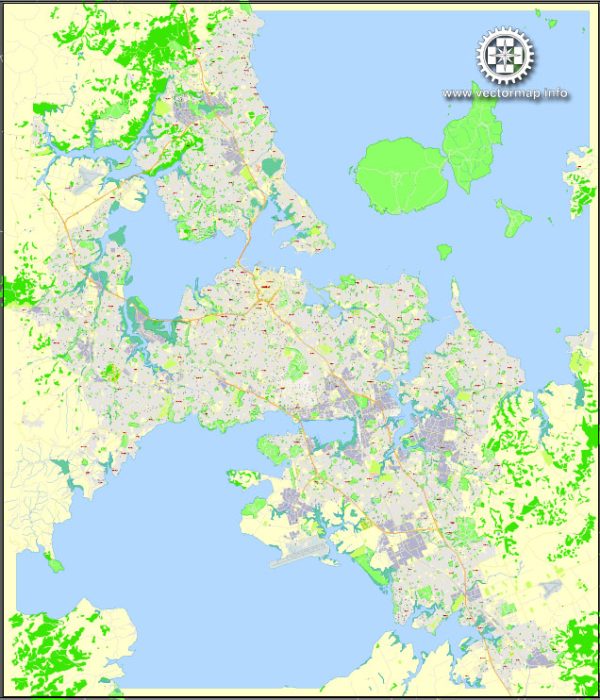
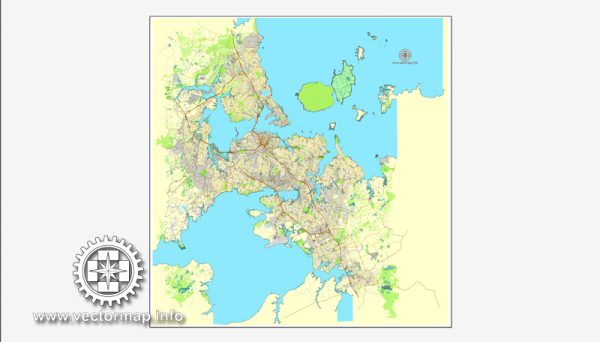
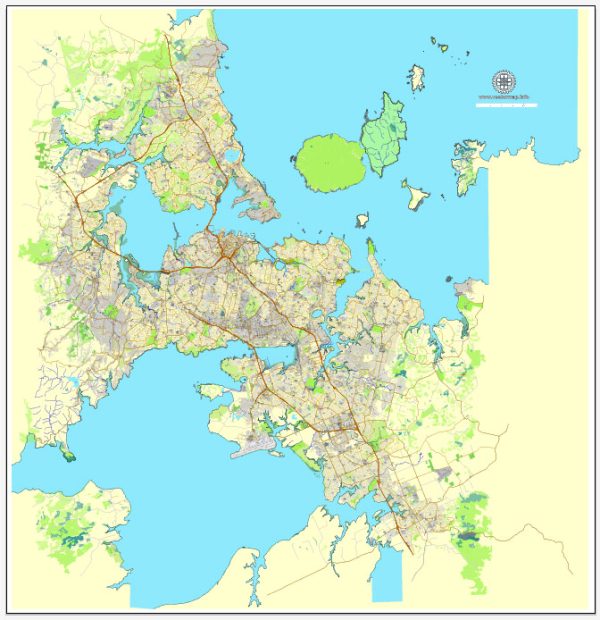
 Author: Kirill Shrayber, Ph.D.
Author: Kirill Shrayber, Ph.D.